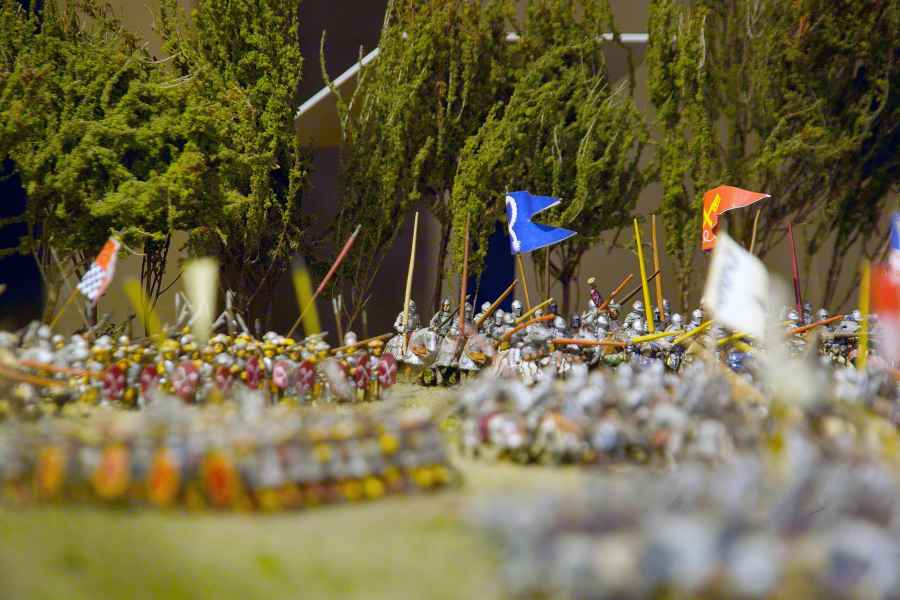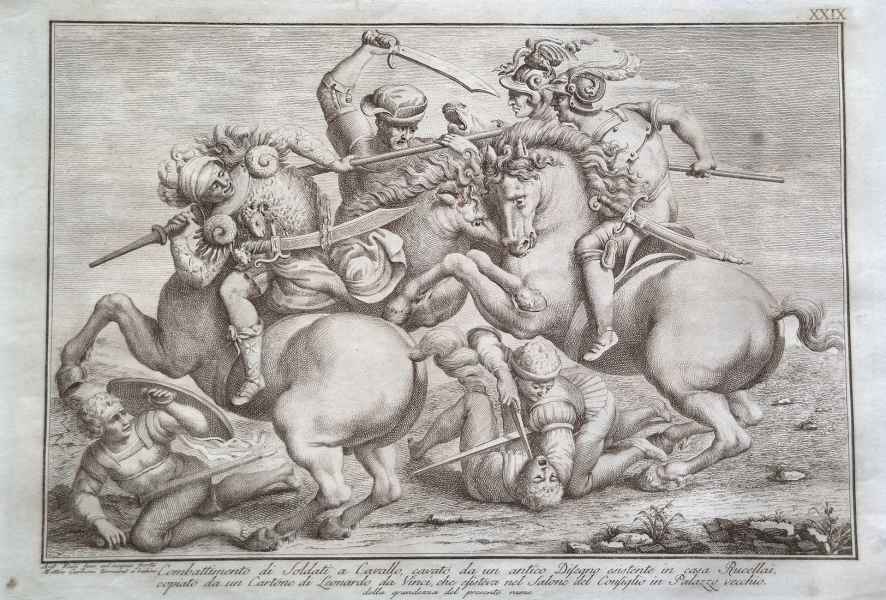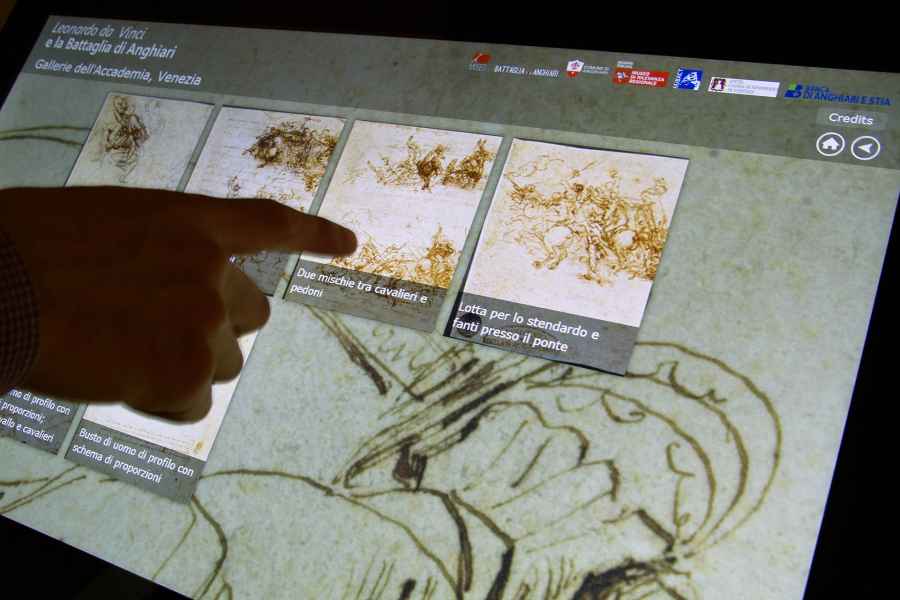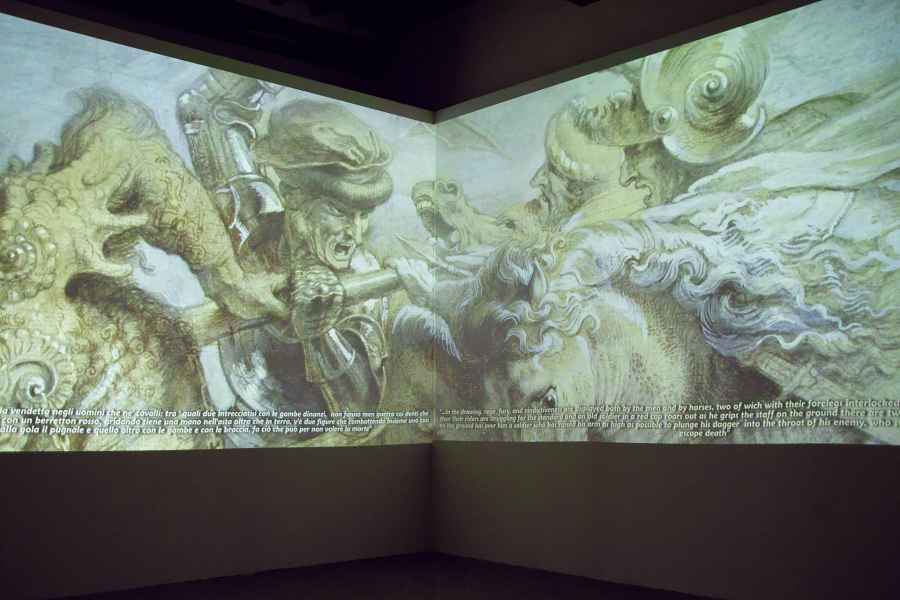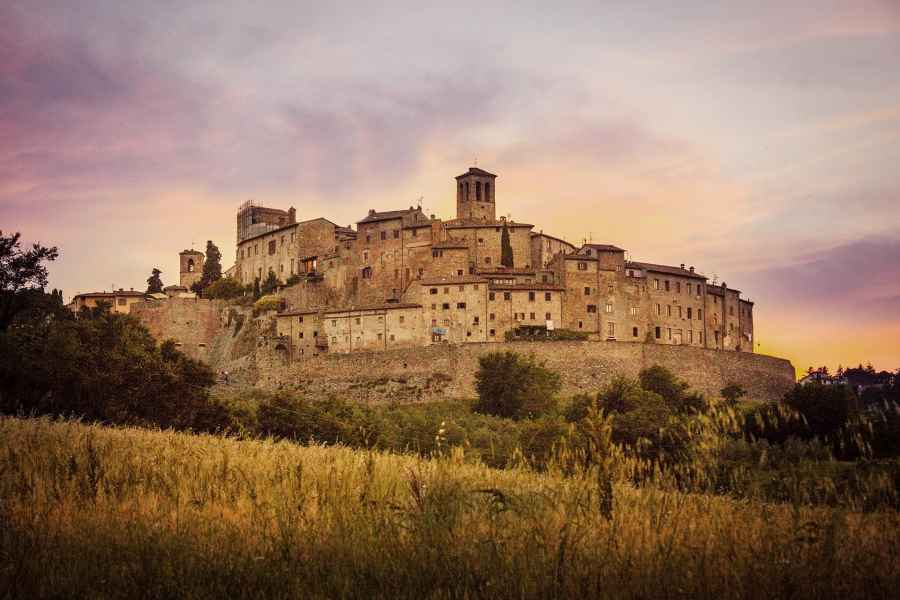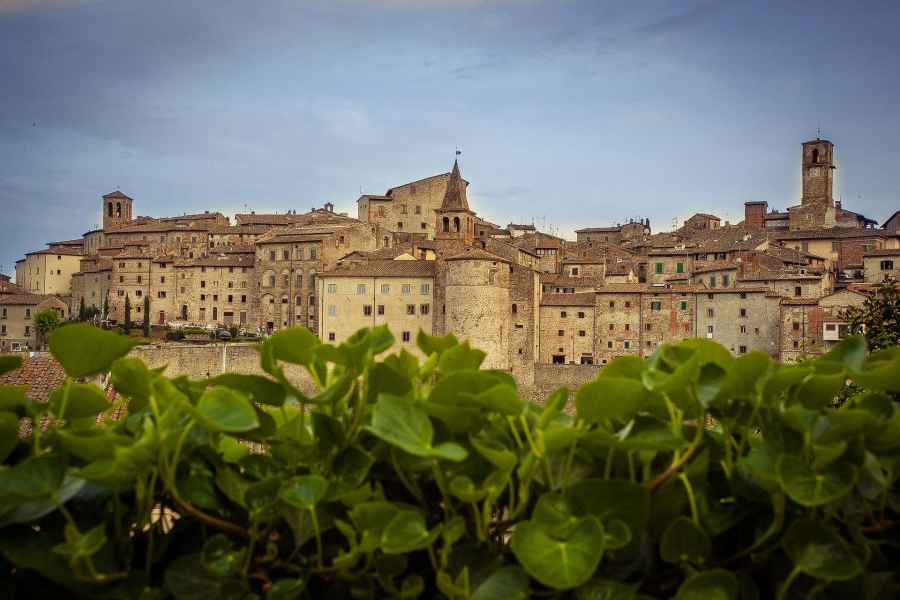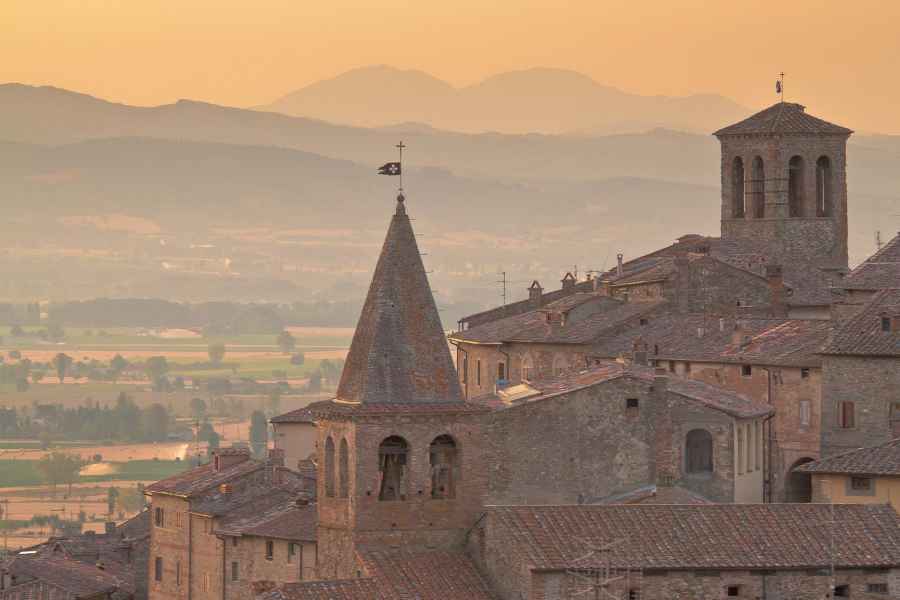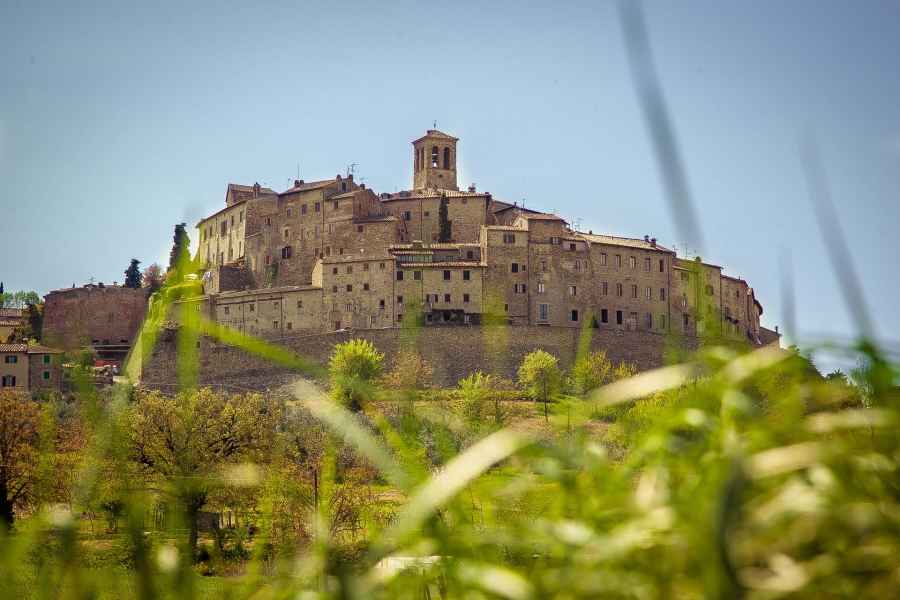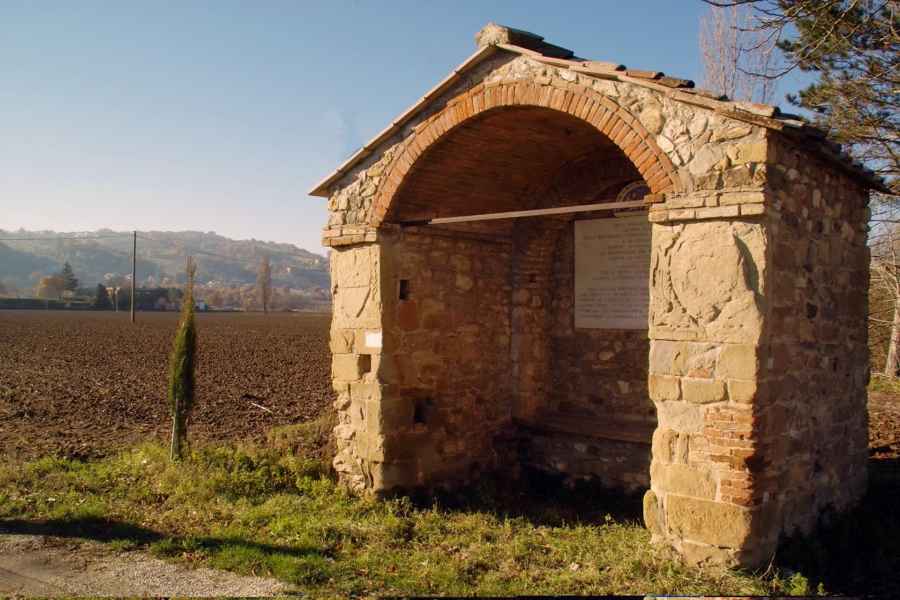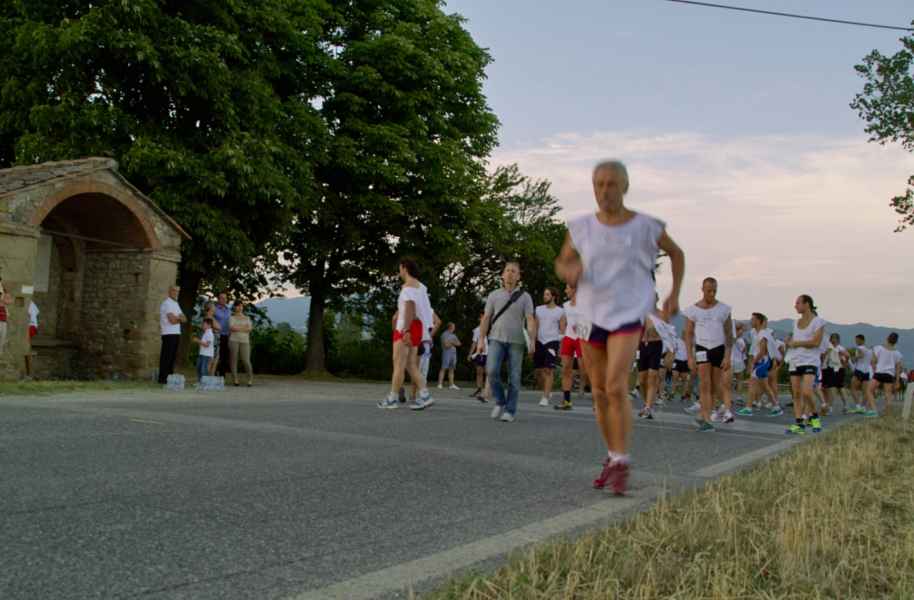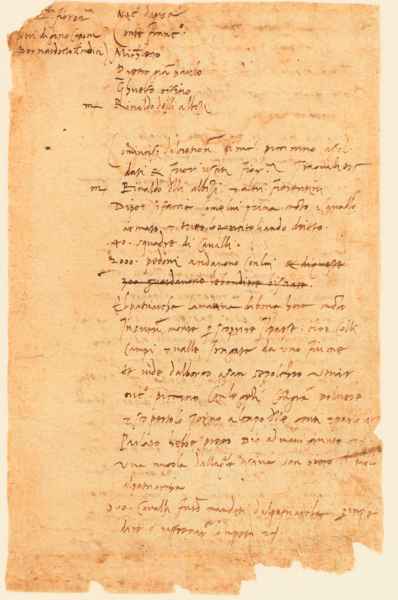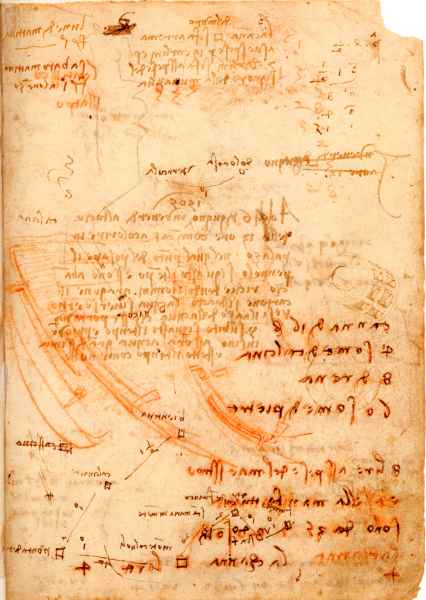The Museum is situated inside the fortified town of Anghiari, below which the battle was fought between Florence and Milan on the 29 June 1440. It tells about and is the custodian of the memory of the historical event and the idea of the lost painting by Leonardo Da Vinci. Thus the Museum has become the only place where we have a complete vision of the battle itself and the most painstaking documentation of the drawings and works relating to this celebrated work by Leonardo.
A system of digitalised images and “immersive” projections bring Leonardo's work to life without being sensationalised, where the historical and artistic facts are at the centre and reveal the exceptionality of this event to the general public; and the museum also offers a slice of the history of the area from Prehistory to the Eighteenth century through a selection of archeological finds, manuscripts, prints and antique firearms made in Anghiari.
Brief historical notes on the Battle of Anghiari by Leonardo Da Vinci
In 1503 Leonardo received the prestigious commission from the Republic of Florence to decorate a wall of the Hall of the Grand Council in Palazzo Vecchio, representing their victory in 1440 over the Milanese at Anghiari. Thus, on the 24 October 1503 Leonardo was given the keys to the Sala del Papa in the church of Santa Maria Novella, where he worked on the preparatory drawings and cartoons for the great mural painting, subsequently transported to Palazzo Vecchio to transfer them onto the wall. As has been noted, Leonardo used a technique with oils similar to encaustic for the painting, and because of a problem with the drying it was ruined and left incomplete. During the 1560's the Hall was radically transformed and a new mural by Giorgio Vasari substituted, probably covering, the masterpiece of Leonardo.
Evidence of the innovative concept and strong expressive quality of the great painted mural remains solely in Leonardo's preparatory studies, a series of signed drawings and a number of painted, drawn and sculpted copies.






